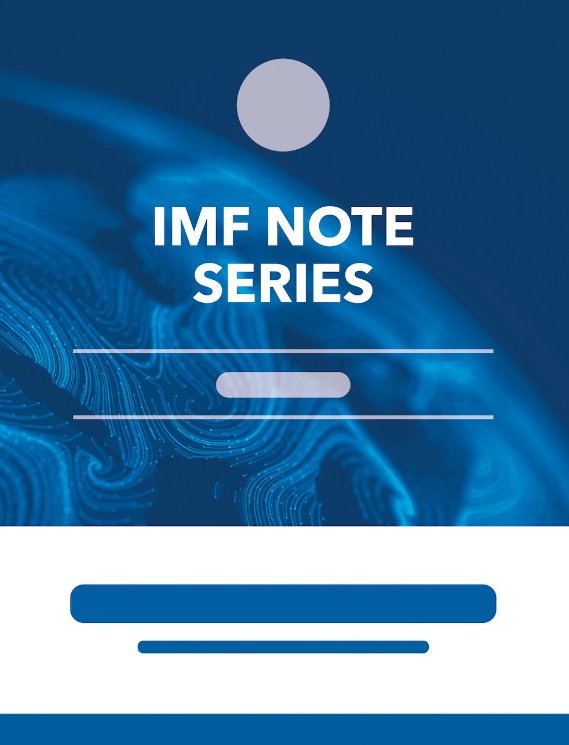Forced Savings and Repressed Inflation in the Soviet Union: Some Empirical Results
June 1, 1991
Disclaimer: This Working Paper should not be reported as representing the views of the IMF.The views expressed in this Working Paper are those of the author(s) and do not necessarily represent those of the IMF or IMF policy. Working Papers describe research in progress by the author(s) and are published to elicit comments and to further debate
Summary
In countries such as the Soviet Union, where wealth is mainly stored in monetary assets, the behavior of the money to income ratio is a poor indicator of the growth of undesired monetary balances (monetary overhang). In those countries a monetary overhang is primarily a wealth overhang, which has to be analyzed by evaluating deviations of actual from desired wealth holdings; this requires an empirical analysis of consumption and saving decisions. In this paper, we present estimates of a consumption function for the Soviet Union, from which an evaluation of the monetary overhang existing at the end of 1990 is derived.
Subject: Consumption, Disposable income, Household consumption, Income, Inflation, National accounts, Prices
Keywords: consumer goods, Consumption, consumption behavior, consumption expenditure, Disposable income, equation C, excess demand, Household consumption, Income, Inflation, liberalization policy, price level, price liberalization, round price effect, saving propensity, wealth overhang, WP
Pages:
62
Volume:
1991
DOI:
Issue:
055
Series:
Working Paper No. 1991/055
Stock No:
WPIEA0551991
ISBN:
9781451847550
ISSN:
1018-5941
Notes
Also published in Staff Papers, Vol. 39, No. 2, June 1992.






